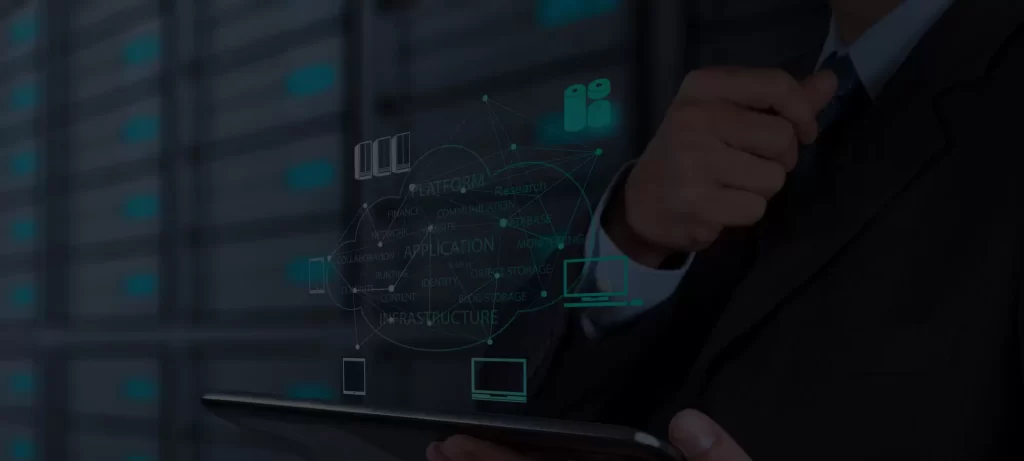Troubleshooting in virtualization is one of the permanent actions of virtual network administrators. In this post, we are going to talk about virtualization troubleshooting. In this post, we want to provide some solutions for network communication troubleshooting and performance slowdown.
Troubleshooting in network communication virtualization
To troubleshoot a network connection, we must perform the following steps to reach the desired destination in virtualized environments.
Investigating signs of network communication
Some of the symptoms that are present here are as follows:
- You cannot connect to the Internet;
- There is no network connection from or to a virtual machine;
- Virtual machines have problems connecting to the network;
- You cannot access an IP address;
- TCP/IP communication has problems, and communication to or from a virtual machine is not possible;
Network communication errors
You may also receive the following errors:
- The destination host is unreachable;
- network errors;
- Communication refused;
- The network cable is not connected or disconnected;
- The requested pings cannot find the desired host;
- Please check the name and try again;
- We cannot resolve the problem on the target system, and more;
Solving network communication problems
The following solutions are provided for some of the above problems:
- Make sure that the Port Group Name is available for the network adapters of the virtual machines, either on the switch or the virtual distributed switch. Also, spell check it and make sure you spelled it correctly.
- Make sure that the storage space (Storage capacities) in your virtual machine is enough, which sometimes affects communication.
- Check the virtual network adapter and make sure it is connected.
- Ensure that networking is working properly within the operating system hosted in the virtual machine.
- Make sure the TCP/IP stack is working properly.
- If this virtual machine is converted from a physical system, ensure there are no hidden network adapters here because they can hide static routes.
- Make sure the virtual switch has enough virtual machine ports.
- Ensure the virtual machine is configured with two virtual NICs to remove a NIC or a physical configuration.
- Ensure the firewall does not restrict the virtual machine’s access to the Internet.
- Ensure that the antivirus program does not restrict the virtual machine’s access to the Internet.
- Make sure the network adapter is enabled.
- Shut down the virtual machine and then restart the machine on which the virtual machine is hosted.
- Remove the NIC adapter once and reinstall it.
Troubleshoot slow-running virtualization
First, see if the processor load is at a high limit. You can click on CPU. Here you will be shown the amount of CPU consumption of the virtual machine. You should consider adding a virtual processor if this value is too high. This is possible if your physical machine has a processor with more cores, and you can assign it to your virtual machine. You should also see what software is in the virtual machine consuming the virtual processor.
Memory check
Memory is also a thing that greatly reduces a virtual machine’s working power. If you don’t have enough memory for the current configuration, most of the time, the load from RAM will be transferred to the hard drive. If current programs consume more than two-thirds of your RAM capacity, you should allocate more memory to the virtual machine.
Check the disc arrangement.
For operating systems before Windows 7 and Windows Server 2008. Or some old Linux operating systems, the hard drives may be arranged incorrectly. Their incorrect arrangement causes their performance to decrease, especially when the hard IOPS are low and do not have the possibility of proper distribution.
Here, the virtual disk must be formatted well to have the file size or format suitable for the required software. For example, Microsoft SQL Server 2005 database often uses the New Technology File System (NTFS), which has a block size of 64KB.
If the virtual machine has been experiencing problems for a certain time, it is better to check the system’s antivirus. Note, here, and you should not only check the current virtual machine but also pay attention to the performance of other virtual machines.
If you have a P2V system – in the sense that you have turned a physical machine into a physical machine – here, it is better to clean up and delete files and programs that you no longer use.
If you have any questions or suggestions about this post, you can comment at the bottom of this post, and we will answer all of them as soon as possible.

